42 Process Control
Learning Objectives
By the end of this section, you should be able to:
Apply control strategies to control common process variables: flow, liquid pressure, liquid level, and temperature of endothermic process streams.
Control System Elements
Some common terms used in process control:
- Set-Point: this is a target or desired value of a variable in the system (such as flowrate, temperature, etc.)
- Disturbance Variable: a variable that we have no control over in the process but affects the material or heat flow of the process.
- Manipulated Variable: a variable that we can control in the process and directly affects the output of the process.
- Process Variable: the variable in the system or process that we desire to control.
- Controlled Variable: the output process variable we compare to the set-point.
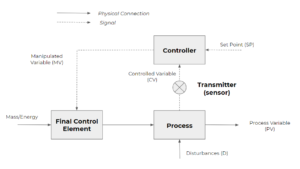
Exercise: Control System Variables
You are driving a car and are approaching a hill. Assume there are three variables in this system:
- gas pedal
- the hill
- the car’s speed
Classify each of these variables as process/controlled variable, manipulated variable, or disturbance variable.
Solution
The gas pedal will be the manipulated variable since you have direct control on the gas pedal. The hill will be the disturbance variable, because you cannot control the hill’s steepness and how this will affect the system. Finally, the car’s speed is the process or controlled variable, since it is the system’s output variable.
Flow Measurement
1 – Obstruction Meter
An obstruction meter measures the change in pressure $\Delta P$ and correlates it to flow.
2 – Rotational or Turbine Flowmeter
A rotational or turbine flowmeter measures the speed of the rotation of the turbine and correlates it to flow.
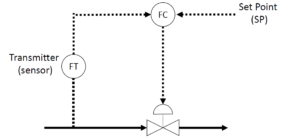
For the flow control loop depicted above:
- If the flow is too low → open the valve
- If the flow is too high → close the valve
The transmitter is generally placed sufficiently upstream of the valve so that the flow reading is typically not affected by the valve.
Level Measurement
Many level measurement devices are available (pressure, weight, thermal), but float and sonic/radar level measures are the most common.
1 – Float
2 – Sonic/Radar
A sonic or radar device measures the level of the tank by measuring the time for wave to reach the liquid-gas interphase and reflect back to the device, and correlating the time to distance. The sonic or radar device can be installed from the top or bottom of the tank.
A typical level control loop is depicted:
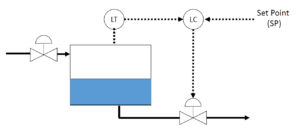
For the level control loop depicted above:
- If the level is too low → close the valve below the tank (outlet valve)
- If the level is too high → open the valve below the tank (outlet valve)
Note that we could also manipulate the inlet valve to affect the tank level, but typically in these systems, the outlet valve is used to control the level. We will stick with this convention in this class.
Pressure Measurement
1 – Manometer
Manometers measure difference in fluid height and correlate it to pressure.
2 – Differential Pressure Cells
A differential pressure cell measures the deflection of the membrane and correlates it to change in pressure $\Delta P$.
A typical liquid pressure control loop is depicted:
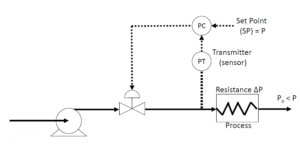
For the level control loop depicted above:
- If the pressure is too low → open the valve
- If the pressure is too high → close the valve
For a centrifugal pump (least expensive and most common for liquids), the line can be closed without immediate damage to the pump. Other pumps (positive displacement pumps) will use other strategies.
Temperature Measurement
1 – Expansion-based
Image from Pearson Scott Foresman / Public domain
Expansion-based thermometers measure fluid expansion and correlate it to temperature.
2 – Electrical
Image from Nanite / CC0
Thermocouples or resistance temperature devices measure changes in electrical properties and correlate them to temperature. Electrical temperature measurements are the most commonly used inplants as switching combination of metals can adopt to a wide range on temperature.
A typical slow-response endothermic temperature control loop is depicted:
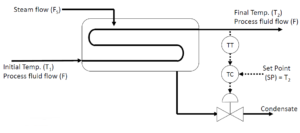
For the temperature control loop depicted above:
- if the temperature (T2) is too high → close the valve, because it allows more condensate to be stored in the heat exchanger, therefore allow less steam in the heat exchanger and lower the amount of heat released by condensation of steam
- if the temperature (T2) is too low → open the valve
A slow-response endothermic temperature control loop is classified as slow because it takes a longer time to see a temperature change. The response of the system is dependant on the amount of steam that condenses in the heat exchanger. When the outflow of condensate is manipulated, the vapour-liquid equilibrium point is shifted, which affects the rate of condensation/vaporization. The equilibrium shift speed causes a delay in the response time of temperature control.
A typical critical endothermic temperature control loop is depicted:
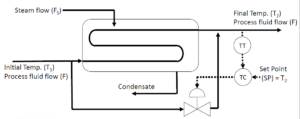
For the temperature control loop depicted above:
- if the temperature (T2) is too high → open the valve, because it allows the bypass of the process fluid that does not go through the heat exchanger to mix with the outlet process fluid
- if the temperature (T2) is too low → close the valve
A critical endothermic temperature control loop is faster than a slow-response endothermic control loop because the temperature of the process fluid is directly changed. This eliminates the lag that would be present from manipulating the steam temperature.
Example: Endothermic Temperature Control Loops
Consider a heat exchanger where an endothermic temperature control loop is present in the system (which means the process stream absorbs heat from the utilities). There is a [latex]5^{\circ}C[/latex] (from the set-point) increase in the outlet temperature of the process fluid. Which endothermic control loop will decrease the temperature back to its original set-point faster and why?
For a slow-response endothermic temperature control loop :
When the temperature change is detected, the controller will close the valve slightly to allow for less condensate to flow out of the heat exchanger. This will allow less steam in the heat exchanger to provide heat through condensation, and eventually cause the outlet process fluid temperature to decrease to the set-point temperature
For a critical endothermic temperature control loop :
When the temperature change is detected, the controller will open the valve of the cold process fluid. This will directly add cold process fluid to the outlet process fluid and directly decrease the temperature back to its set-point, without any delay.
Therefore, a critical endothermic temperature control loop is going to decrease the temperature back to its original set-point faster.
Exercise: Heat Exchanger Control
Consider the following heat exchanger system. We’d like to control the outlet cold temperature [latex]T_{C,out}[/latex].
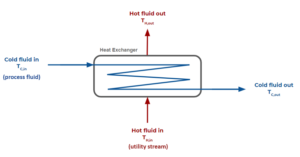
Suggest 2 different control loops that we can implement to this system.
Solution
The first control strategy measures the process variable ([latex]T_{C,out}[/latex]) and adjusts the outlet hot stream’s temperature ([latex]T_{H,out}[/latex]) by manipulating the outlet flowrate of the hot fluid. This control strategy is known as the slow-response endothermic control loop.
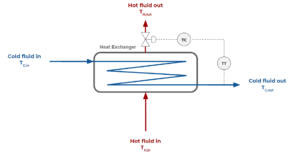
The second control strategy measures the process variable ([latex]T_{C,out}[/latex]) and adjusts the inlet cold stream’s temperature ([latex]T_{C,in}[/latex]) by adding more cold process fluid to the outlet cold stream. This control strategy is known as the critical endothermic control loop.
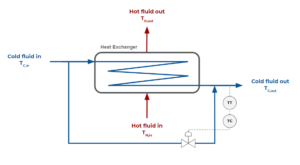

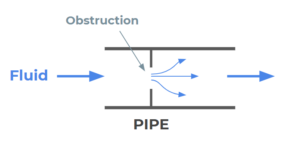
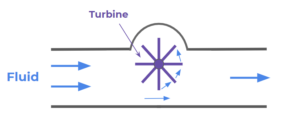
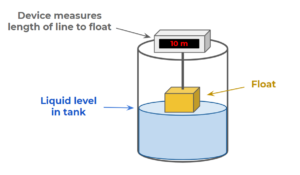
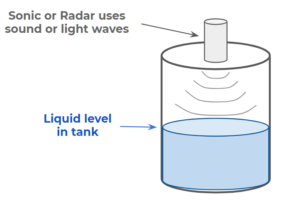
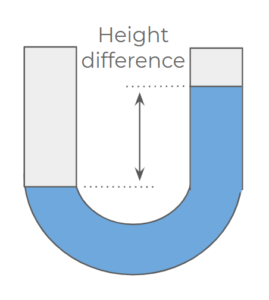
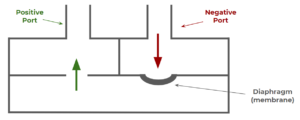
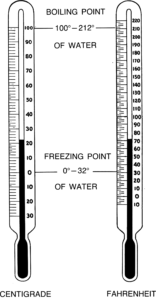

Feedback/Errata